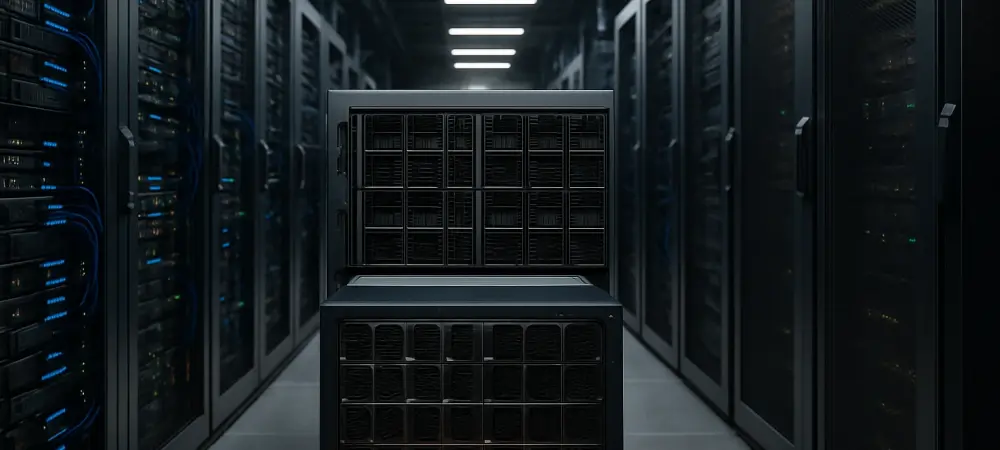In today’s rapidly evolving technology landscape, effective AI infrastructure provision is crucial for the success of cloud and hyperscale customers. The partnership between Endeavour and Jabil to create a gigawatt-scale, just-in-time data center platform exemplifies this trend. Their collaboration aims to optimize infrastructure delivery to meet real-time customer demands, addressing the industry’s struggles with capacity bottlenecks and overbuilding while enhancing capital efficiency.
Understanding the AI Infrastructure
AI infrastructure provision has developed into a sophisticated system integrating several components to handle complex workloads. The technology has emerged as a vital element in the broader framework of technological advancements, specifically within the fields of cloud computing and data management. Its relevance cannot be overstated, as businesses increasingly rely on AI-driven solutions to enhance their operations and drive innovation in every sector.
Key Features and Performance of AI Infrastructure
Demand-Responsive Data Center Platforms
Demand-responsive data center platforms play a pivotal role in AI infrastructure, adapting to users’ dynamic needs and optimizing performance. These platforms are designed to minimize initial capital expenditures and reduce commissioning times for new infrastructure, resulting in more agile and cost-effective technology deployment. The impact on industry standards, with potential reductions of up to 90% in upfront investments, illustrates the innovative nature of this approach.
Advanced Cooling Systems and Grid-Agnostic Infrastructure
Another key innovation lies in advanced cooling systems, designed to manage the heat generated by intensive AI workloads effectively. These systems, paired with grid-agnostic infrastructure, ensure efficient performance regardless of local energy availability or conditions. The non-evaporative, chip-level cooling is optimized specifically for AI-based computations, offering enhanced reliability and sustainability. This integration promises a more adaptive infrastructure, suitable for evolving energy demands and technological complexities.
Current Trends and Developments
Recent developments in the AI infrastructure domain focus on creating more responsive and scalable solutions. Tablets and devices are impacting consumer behavior, leading to increased demand for AI-driven solutions. Collaborative efforts like those between Endeavour and Jabil reflect a trend toward integrating manufacturing prowess with cutting-edge technology stacks to deliver more efficient infrastructure. These initiatives demonstrate a shift in consumer and industry needs, patently influencing the trajectory of AI infrastructure.
Real-World Applications
AI infrastructure has found applications across various sectors, from healthcare to entertainment. By providing elastic AI network solutions capable of expanding to two gigawatts per year, businesses can accommodate fluctuating demand and improve service delivery. Noteworthy implementations include over a dozen Edged data centers deployed across the North American and European markets, illustrating the technology’s adaptability and potential to drive innovation in diverse settings.
Challenges in AI Infrastructure Provision
While AI infrastructure innovation is promising, challenges remain that hinder widespread adoption. Technical hurdles, such as data security and network reliability, are persistent issues. Regulatory constraints and market obstacles also pose challenges, impacting growth prospects and practical deployment. Continuous efforts to address these issues involve enhancing current systems, revising policies, and fostering collaboration among industry leaders.
Future Prospects for AI Infrastructure
In the coming years, AI infrastructure is expected to see substantial advancements, promising to revolutionize its associated industries. Potential breakthroughs could address existing challenges while providing novel solutions to complex tasks. The role of such infrastructure in fostering efficiency and innovation will likely grow, influencing emerging technologies and societal dynamics. The collaborative approach demonstrated by industry leaders will continue to be essential in driving future progress.
Conclusion
At the conclusion of this review, AI infrastructure holds significant promise for transforming technological solutions and industry practices. The developments orchestrated by Endeavour and Jabil have showcased innovative models and strategies. Moving forward, actionable steps would involve consolidating research, addressing adoption barriers, and exploring new frontiers. Through these efforts, AI infrastructure’s potential for reshaping the technological landscape will be fully realized in the coming years, ensuring that it continues to support and accelerate innovation in various domains.

